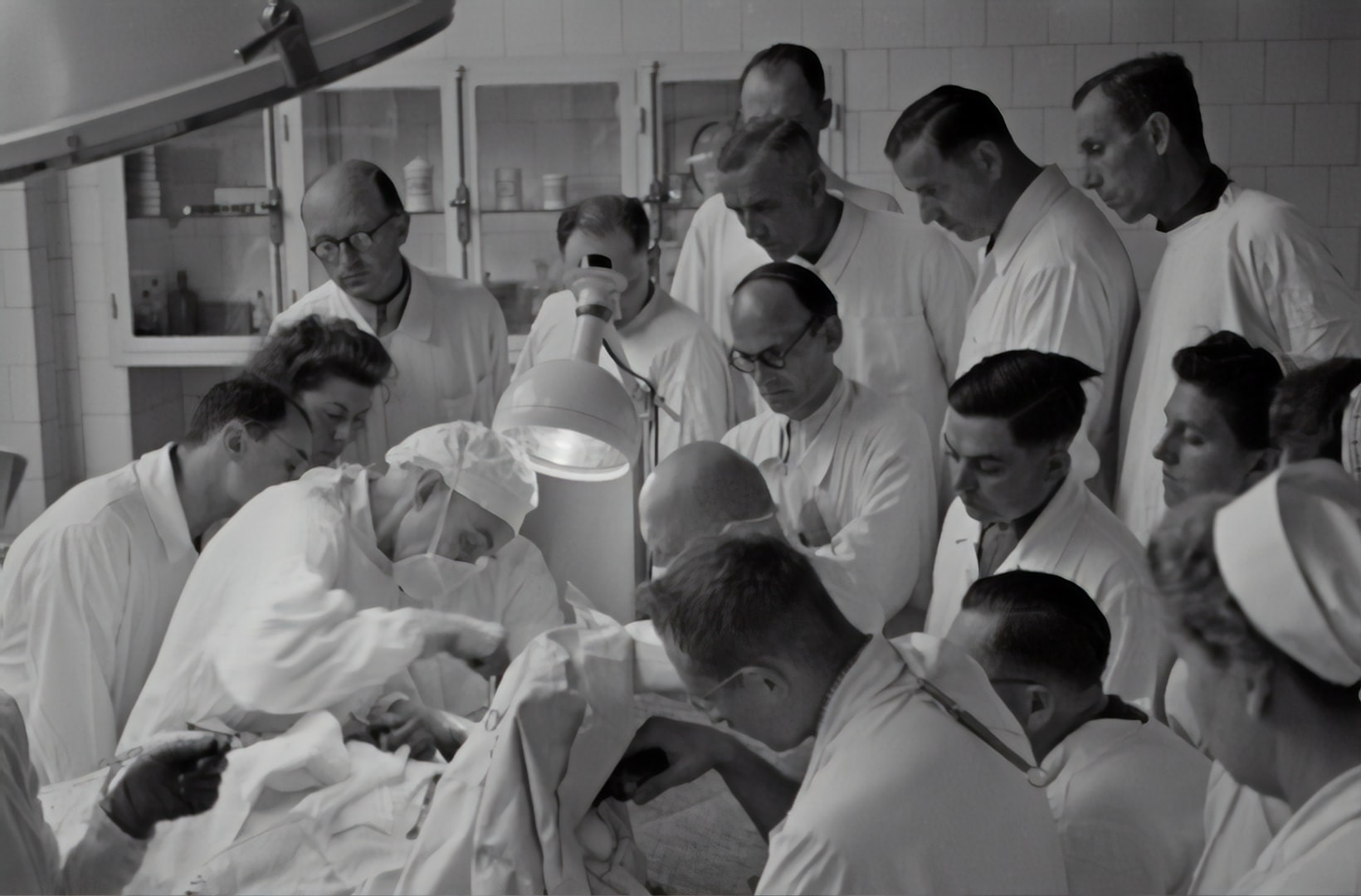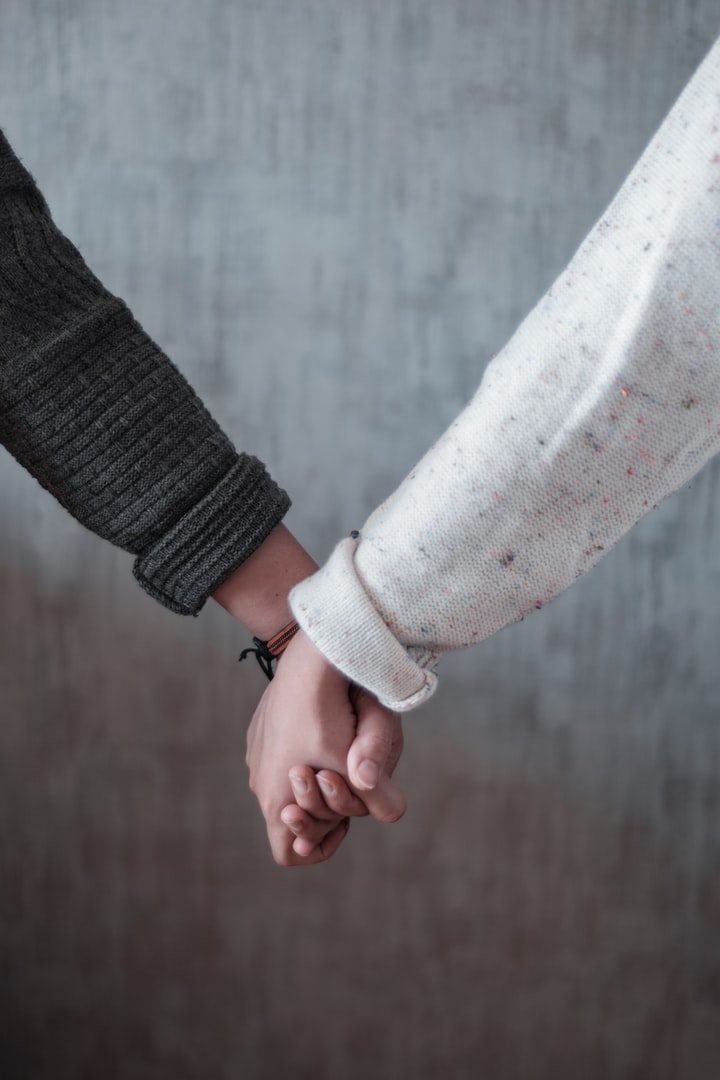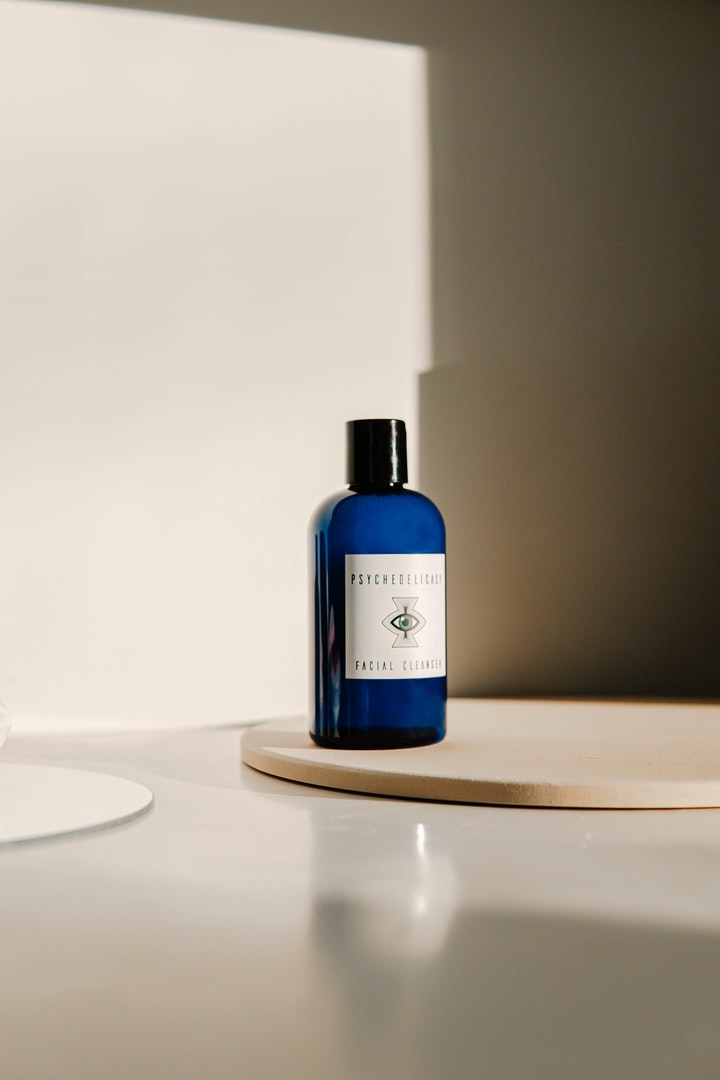
Graves' disease
An overactive thyroid
This is a common autoimmune condition. Often called Graves' disease. Initially treated by medicine. It often requires either radioactive iodine or surgery
The butterfly is often linked with the thyroid as they have a similar shape. It's image is used by many thyroid patient support groups

This is a common autoimmune condition. Often called Graves' disease. Initially treated by medicine. It often requires either radioactive iodine or surgery

Thyroid nodules are very common. They occur either alone or as part of a multi-nodular goitre (an enlarged thyroid gland). Thyroid cancer is uncommon. The most common 2 types can be cured in over 93%. All types are best treated by surgery.

An underactive thyroid is often related to thyroiditis or inflammation of the thyroid. Often due to Hashimoto's disease an autoimmune condition. Surgery is rarely the treatment.